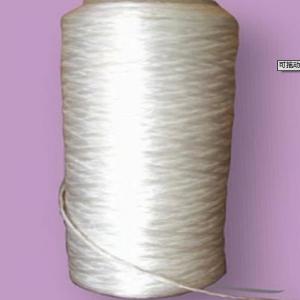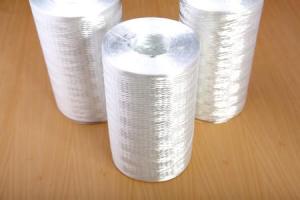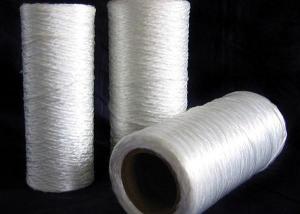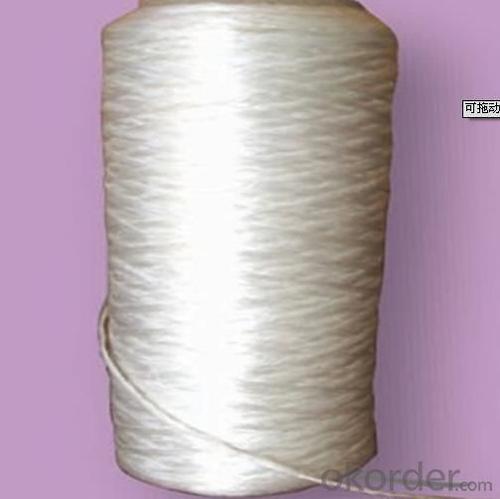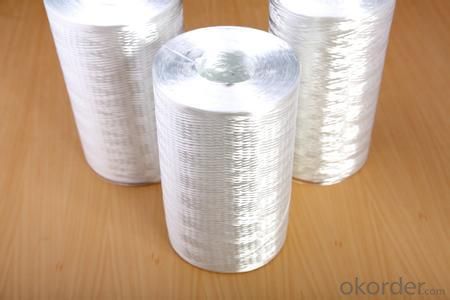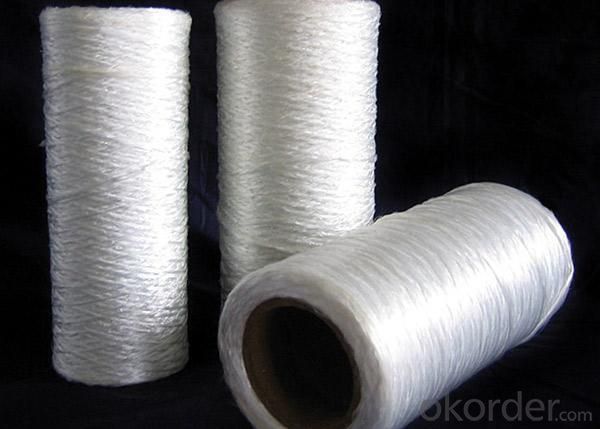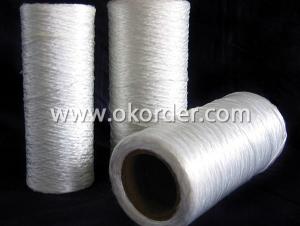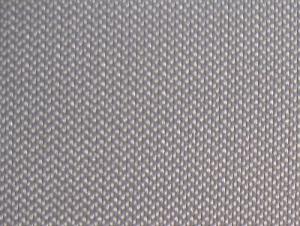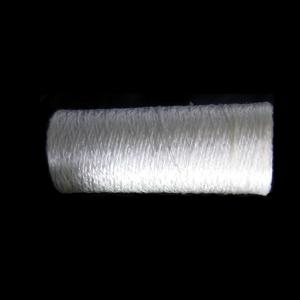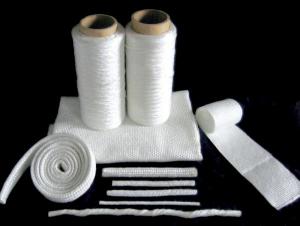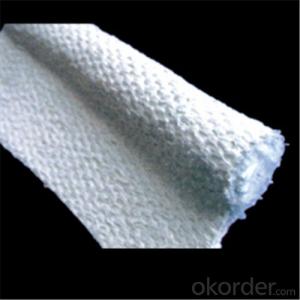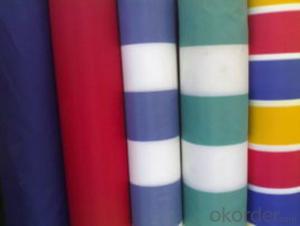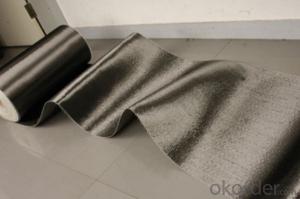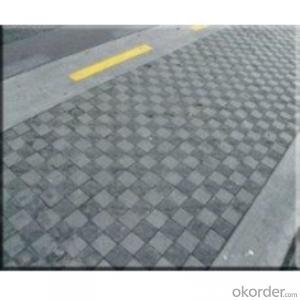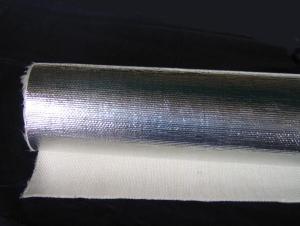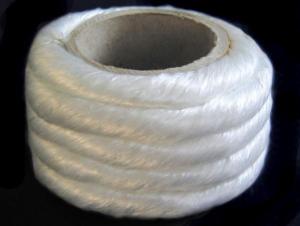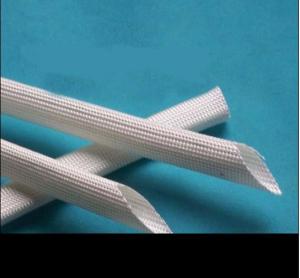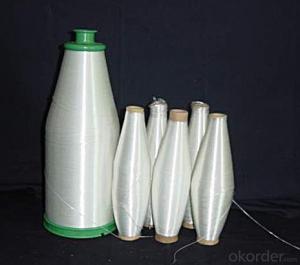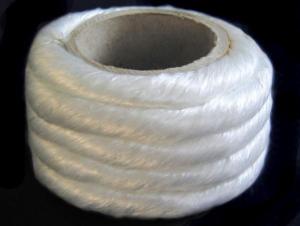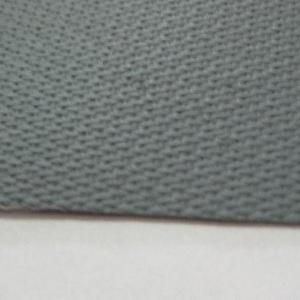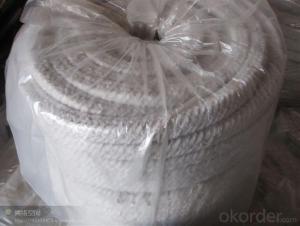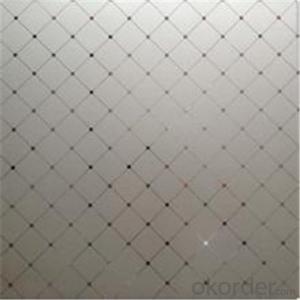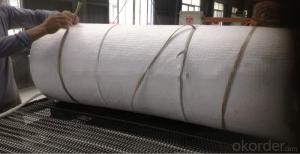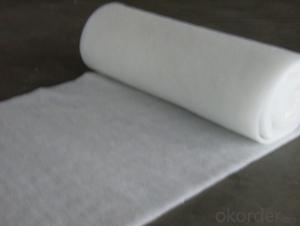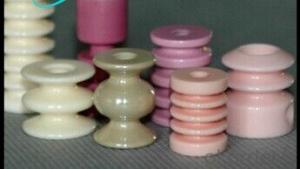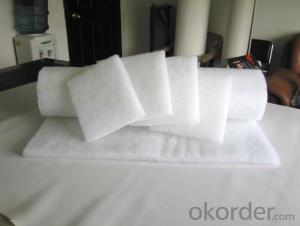Glass Fiber Textiles Textured Fiberglass Yarn
- Loading Port:
- China Main Port
- Payment Terms:
- TT or L/C
- Min Order Qty:
- 10 Tons kg
- Supply Capability:
- 2*20FCL Per Month kg/month
OKorder Service Pledge
OKorder Financial Service
You Might Also Like
General Information of Textured Fiberglass Yarn
CMAX textured fiberglass textiles are made from textured E-glass fiber yarn which features bulky and resilient with high thermal insulation property. Diversified forms are available such as yarn, cloth, tape, rope, sleeving, etc.
Application of Textured Fiberglass Yarn
Textured fiberglass textiles are cost effective products used at high temperature up to 550º C. It exhibits properties of low thermal conductivity, electricity insulation and corrosive resistance.
Textured fiberglass textiles can be performed in process industries as fire curtains, gaskets or sealing in kiln, furnace or heaters etc. Application has been extended to the building industry as reinforcement material.
Chemical Analysis
SiO2: 54.1%
Al2O3: 14.6%
CaO: 16.6%
MgO: 4.6%
B2O3: 8.8%
Na2O+K2O: ≤ 0.8%
Fe2O3:<0.5%
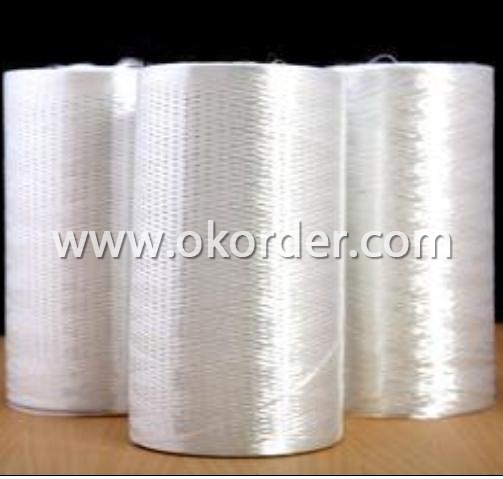
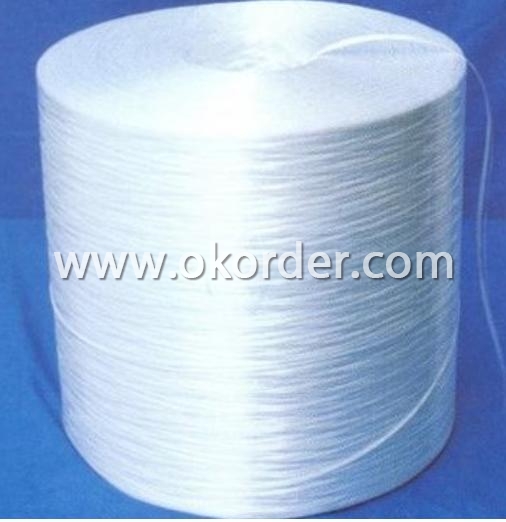
- Q: How do glass fiber textiles contribute to moisture resistance?
- Glass fiber textiles contribute to moisture resistance through their inherent properties. Glass fibers are made from a non-absorbent material, meaning they do not readily soak up or retain moisture. This helps to prevent water from seeping through the textile and reaching the underlying materials or surfaces. Additionally, glass fiber textiles are often woven or knitted into a tight and dense structure, which creates a barrier against moisture. The interlocking fibers form a physical barrier that prevents water molecules from passing through, thereby enhancing the moisture resistance of the textile. Moreover, glass fibers are highly resistant to mold and mildew growth, which can be triggered by moisture. This resistance is due to the inorganic nature of glass fibers, as mold and mildew typically thrive on organic materials. By inhibiting the growth of these microorganisms, glass fiber textiles help to maintain a dry and moisture-free environment. Furthermore, glass fiber textiles can be treated with water-repellent coatings or finishes to enhance their moisture resistance. These coatings create a hydrophobic surface, causing water to bead up and roll off the textile rather than being absorbed. This additional layer of protection further improves the moisture resistance of glass fiber textiles. In summary, glass fiber textiles contribute to moisture resistance through their non-absorbent nature, dense structure, resistance to mold and mildew, and the potential for water-repellent coatings. These properties make glass fiber textiles an excellent choice for applications where moisture resistance is crucial, such as in outdoor clothing, upholstery, or building materials.
- Q: What are glass fiber textiles?
- Fabrics made from glass fibers, known as glass fiber textiles or fiberglass textiles, are highly durable and lightweight. They find wide-ranging applications due to their unique properties. To produce these textiles, glass is melted and then extruded through tiny holes to form fine strands of fibers. These fibers are further processed into yarns or woven into fabrics. Glass fiber textiles provide numerous advantages. They possess exceptional tensile strength, enabling them to withstand heavy loads without breaking or stretching. They are also resistant to heat, chemicals, and moisture, making them suitable for use in harsh environments. Moreover, these textiles are non-flammable and do not release toxic fumes when exposed to fire. Various industries commonly employ glass fiber textiles. In the construction sector, they serve as reinforcement materials in concrete, enhancing the strength and durability of structures like bridges, roads, and buildings. Additionally, they are used as insulation materials, contributing to temperature regulation and energy efficiency in buildings. In the automotive industry, glass fiber textiles are utilized in the production of lightweight and fuel-efficient components, including car bodies, bumpers, and interiors. They are also integral to the manufacturing of aerospace parts, electrical appliances, and sports equipment. Furthermore, glass fiber textiles find applications in the realms of fashion and home decor. They are employed to create fabrics that are lightweight, breathable, and resistant to wrinkles. These fabrics are commonly found in clothing, upholstery, curtains, and bedding. In conclusion, glass fiber textiles, made from glass fibers, possess exceptional strength, durability, and resistance to heat, chemicals, and moisture. Their versatile properties make them indispensable in various industries for a wide array of applications.
- Q: Are glass fiber textiles biodegradable?
- Glass fiber textiles are not biodegradable, as they are made from non-biodegradable silica. Consequently, these textiles do not naturally decompose and can endure in the environment for an extended duration. Nevertheless, glass fibers have the potential to be recycled and reused, thereby lessening their environmental impact.
- Q: Are glass fiber textiles breathable?
- No, glass fiber textiles are not breathable.
- Q: Can glass fiber textiles be used in tents or camping equipment?
- Yes, glass fiber textiles can be used in tents or camping equipment. Glass fiber textiles, also known as fiberglass, are widely used in the manufacturing of outdoor gear due to their durability, strength, and resistance to weather elements. These textiles can be used in tent poles, tent fabrics, and other camping equipment such as backpack frames, sleeping bag poles, and lightweight furniture. The use of glass fiber textiles in tents and camping equipment provides excellent stability, flexibility, and longevity, making them a popular choice among outdoor enthusiasts.
- Q: Can glass fiber textiles be used in the production of window blinds?
- Yes, glass fiber textiles can be used in the production of window blinds. Glass fiber textiles are known for their durability, strength, and resistance to heat and moisture. These properties make them suitable for use in window blinds, as they can withstand the elements and maintain their shape and integrity over time. Additionally, glass fiber textiles can provide insulation and UV protection, which can be beneficial for window blinds. The use of glass fiber textiles in window blinds can also offer enhanced privacy and light control. Overall, glass fiber textiles are a viable option for the production of window blinds due to their numerous advantageous properties.
- Q: Can glass fiber textiles be coated?
- Glass fiber textiles have the capability to be coated. Coating them with different materials can enhance their properties and offer additional functionalities. By applying coatings to glass fiber textiles, their resistance to chemicals, moisture, abrasion, and UV radiation can be improved. Moreover, coatings can be utilized for flame retardancy, increased electrical conductivity, and improved aesthetic appeal of the textiles. Silicone, polyurethane, acrylic, and vinyl are among the commonly used coatings for glass fiber textiles. The selection of the coating depends on the specific application requirements and desired properties that need enhancement.
- Q: What is the lifespan of glass fiber textiles?
- The duration of glass fiber textiles can vary depending on several factors, such as the quality of the material, the specific application, and the level of maintenance. Generally, glass fiber textiles have a longer lifespan compared to other materials due to their durability and resistance to wear and tear. When utilized in industrial insulation, glass fiber textiles can endure for many decades. Their design allows them to withstand high temperatures, chemicals, and physical stress, making them well-suited for demanding environments. By ensuring proper installation and regular maintenance, glass fiber textiles can retain their integrity and effectiveness for an extended period. Nevertheless, it is crucial to consider certain factors that can impact the lifespan of glass fiber textiles. Prolonged exposure to extreme temperatures, excessive moisture, and harsh chemicals can gradually degrade the material, reducing its lifespan. Furthermore, improper handling or installation can also contribute to premature wear and tear. To maximize the lifespan of glass fiber textiles, it is essential to adhere to the manufacturer's guidelines for installation, usage, and maintenance. Conducting regular inspections and cleaning can aid in identifying any signs of damage or degradation, allowing for timely repairs or replacements. By properly caring for glass fiber textiles, their lifespan can be significantly prolonged, ensuring continued performance and cost-effectiveness.
- Q: Can glass fiber textile be exposed to sunlight?
- Yes, glass fiber textile can be exposed to sunlight. Glass fiber is a durable and resistant material that can withstand prolonged exposure to sunlight without significant degradation or damage.
- Q: Can glass fiber textile be used in apparel?
- Yes, glass fiber textile can be used in apparel. Glass fiber textiles, also known as fiberglass fabrics, are lightweight, durable, and have excellent heat and chemical resistance. These properties make them suitable for various applications, including apparel. Glass fiber textiles can be used to create protective clothing for industries like firefighting and welding, where heat and flame resistance are crucial. They can also be used in sportswear and outdoor clothing to provide insulation and enhance durability. However, it is important to note that glass fiber textiles can be stiff and uncomfortable against the skin, so they are often blended with other fibers like cotton or polyester to improve comfort.
Send your message to us
Glass Fiber Textiles Textured Fiberglass Yarn
- Loading Port:
- China Main Port
- Payment Terms:
- TT or L/C
- Min Order Qty:
- 10 Tons kg
- Supply Capability:
- 2*20FCL Per Month kg/month
OKorder Service Pledge
OKorder Financial Service
Similar products
Hot products
Hot Searches
Related keywords
